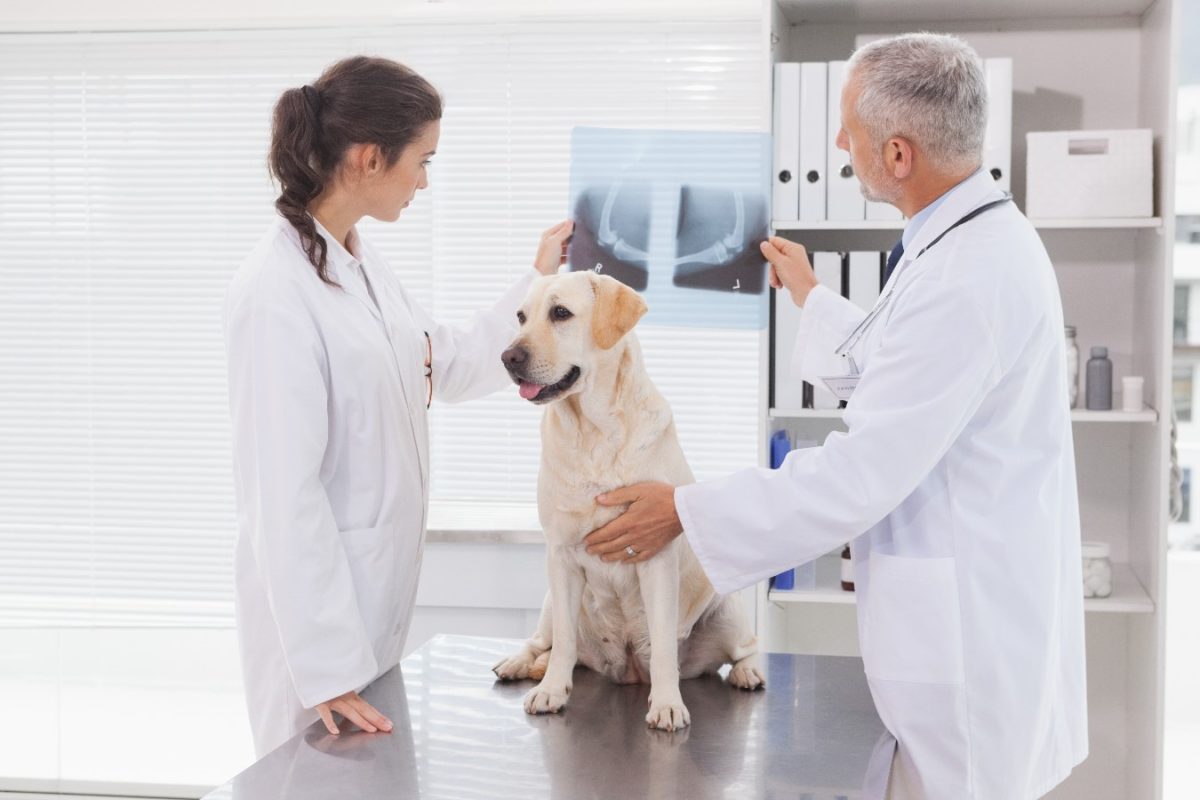Everything, Cats, Dogs, Health care
Cancer in Cats and Dogs
Fluffy or Fido has developed a lump. You observe your cat or dog having difficulty when chewing. Your pet doesn’t want to play any more. The diagnosis: cancer.Dog, cats, and other mammals are susceptible to many of the diseases that humans get, cancer included. With advances in veterinary medicine, our pets are living longer, which increases their chances of getting cancer and other diseases. The good news is that cancer treatment for pets has advanced at the same pace as cancer treatment for people.
Warning signs of cancer in pets
The warning signs listed here could be caused by other conditions, not just by cancer. Whatever their cause, early treatment increases the odds of success. Take your pet to your veterinarian if you see any of these signs:Pet appearance and smell
- A lump or sore that won’t heal or go away
- An abnormal swelling that grows
- Difference in testicle size
- Bleeding or discharge from a body opening
- Weight loss despite eating
- Lameness or stiffness
- An odor
Pet behavior
- Difficulty chewing or swallowing
- Not eating for more than a day or two
- Difficulty breathing
- Difficulty urinating or defecating
- Fatigue — tiring easily and lacking energy
- Depression
- Appetite loss
- Vomiting
- Diarrhea
- Coughing
Pet cancer diagnosis
If your cat or dog has a tumor or other visibly affected area, your veterinarian will aspirate a few cells from the area and examine them under a microscope. The presence of any abnormal cells means that the next step in diagnosis is a biopsy & removal of a tissue sample for microscopic examination. After the tissue has been examined under a microscope, the tumor can be classified as high-grade (fast-growing), intermediate, or low-grade (slow-growing). To find tumors that might not be visible, diagnostic imaging tools can be used, such as X-rays, ultrasound, radiography, scans, and endoscopy. With endoscopy, a small scope is inserted into the body so that internal cancerous masses can be viewed and biopsied. The animal is sedated, but the procedure is less invasive than surgery. Blood tests are used to look for changes in white blood cells as well as other changes that could point to cancer. In addition, blood tests can detect problems that the treatment itself may be causing. After a diagnosis of cancer is made, further tests may be necessary to monitor the treatment of the disease.Cancer treatment for pets
Animals respond differently to cancer treatment than people do. Often a combination of these treatment types is used:- Surgery is the most effective treatment for most tumors. When tumors can’t be completely removed surgically, other treatments are used in combination with surgery.
- Radiotherapy kills cancerous cells via high-energy X-rays. It’s done as a series of treatments over a few weeks. The most common side effect is hair loss and a sunburn effect around the area of the tumor; severe side effects are rare. Sometimes radiotherapy destroys all the cancer cells. Other times, it just reduces their size enough to allow the animal good health for a long time before the tumor grows again.
- Chemotherapy rarely cures tumors, but it often puts the cancer in remission. It’s typically used for cancer that has spread to other areas and for inoperable tumors. Side effects are less severe than with people.
Alternative pet cancer treatment
Alternative treatment for cancer in pets may be used to help support the animal’s health while your pet is undergoing conventional treatment, or as a treatment in itself.- Homeopathic treatments can help stimulate the immune system, prevent and fight cancer, control pain, and prevent side effects from chemotherapy and radiation.
- Nutritional and herbal supplements help your pet’s body fight cancer.


